When you think of surface design, you might only think of big licensing brands. But when you are just starting your business, reaching out to those companies can be intimidating and getting noticed can take quite some time. Most likely though, you’ll want to make money from the get-go. To start earning income with your business sooner rather than later, I want to share how working with smaller or local companies can help you.

I’ve worked with many businesses since going freelance in 2018. And out of my full income in 2021, $17,215 was generated by only working with small and local companies and helping them with a wide variety of tasks.
It’s been a great way to diversify my income and it helps me stay afloat while I work on getting licensing deals with big brand companies. It also helps with my business practices, like sending out emails, negotiating with clients, and getting more confident talking on the phone and representing myself.
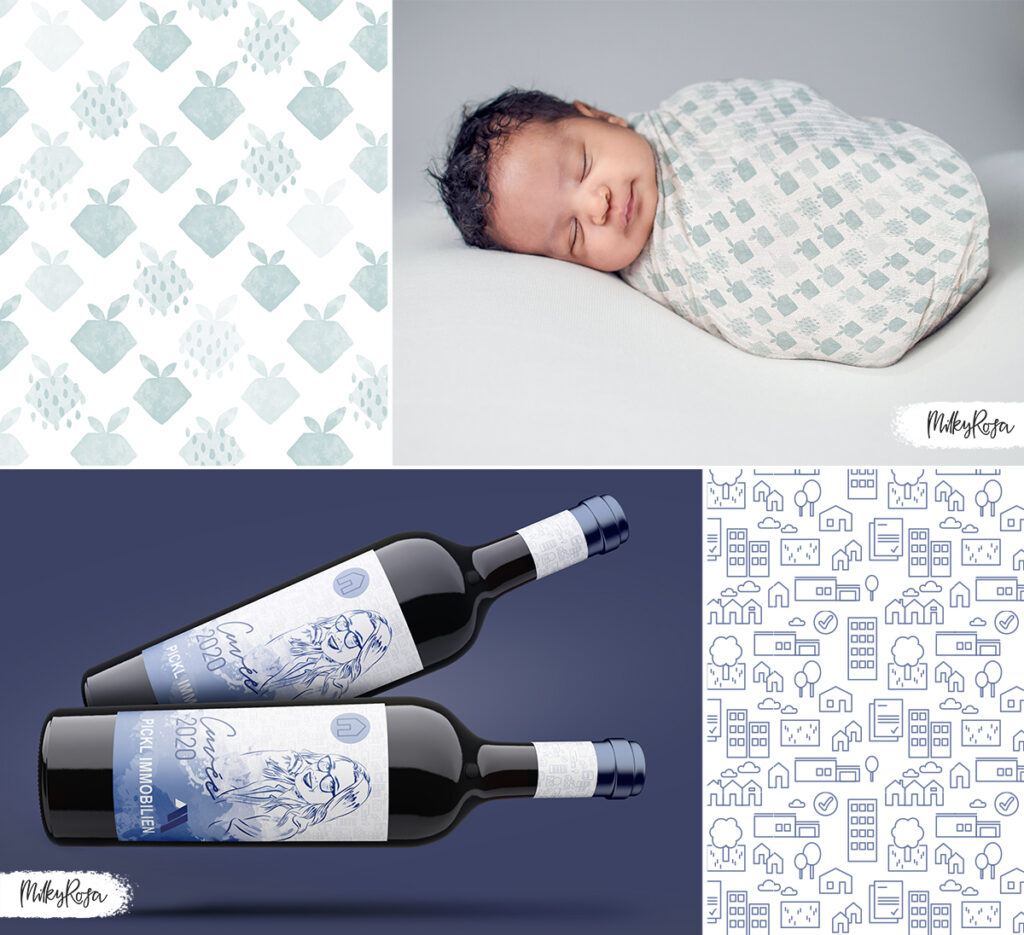
The Difference of Working with Smaller Businesses
Let’s take a look at how approaching licensing brands and local businesses differ. I won’t mark them as pros and cons though, because every artist needs to decide for themselves. What’s negative to one person can be a benefit to someone else. But just like working with larger brands, working with smaller companies is a different experience every time.
Marketing
You have to adjust your marketing strategies to reach your new target audience. This may include changes to your homepage, having flyers and business cards ready for in-person client meetings, or how you present yourself on social media. An art director knows what your designs can be used for, but a small business owner, who has never worked with a creative freelancer before, may have no idea.
That’s why you need to adapt your introduction email. You have to customize it to the industry of your potential client and be more personal about who you are. Art buyers prefer their emails short and to the point, but a small business owner likes to get to know you before engaging with you.
It’s always a good idea to tell them exactly why you want to work with them, because they might have never thought about the potential of using artwork for their business. For example, let an interior designer know that you can create a collection of wallpapers, cushions, and curtains for them exclusively.
Communication
In general, talking to a small business owner will vary each time. Depending on the industry and size, they may or may not have worked with freelancers before.
Make sure they understand what you’re telling them in regards to terminology. We often get lost in using terms that are a no-brainer for us, but others have no clue what we are talking about. It’s also a good idea to tell them about your process before you start a project. Be prepared to talk to them frequently via email, phone calls, or in-person meetings with them.
Small businesses might prefer you to handle communication with other parties involved in the process. So you may need to talk to manufacturers about production specifications or arrange for physical products being printed and shipped to them.
Projects
All projects will vary in size and theme, which to me, is the most fun part about working with smaller businesses. You need to expect the unexpected project, like designing a car wrap or an instruction manual for them. Some projects might not even relate to surface design at all but could be graphic design heavy. You may need to leave your comfort zone and educate yourself in some areas on the go. There will be many firsts in doing so, but I love a challenge and it keeps my work exciting.
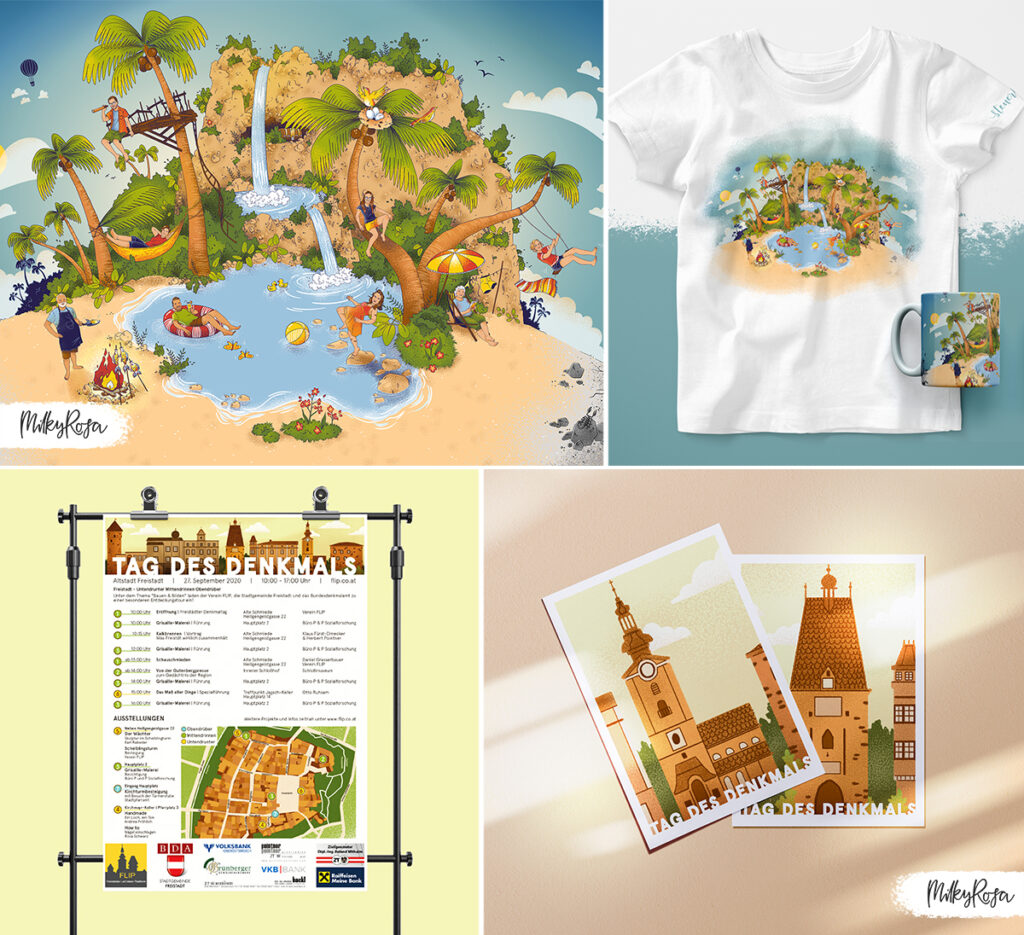
They might need more guidance from you or you may even have to take over as art director and give input on how to finish a project successfully. Usually you need to work visually to get your ideas across (with sketches or even mockups). And for some projects, you may be more of an executor than the creative brain.
But if the client is happy with your work, you might end up with a repeat client who commissions you for regular work. That’s my work relationship with six of my clients from 2021. It has even led to 10 new projects (worth just over $5,000 of income) in 2022.
My 2021 income from working with small businesses
My income from working with small businesses alone was $17,215 in 2021. I have worked with 16 clients (six of them are recurring clients) from three countries (Austria, Switzerland, and Israel) on 24 projects.
I was commissioned to work on logo animations, business presentations, advertisement material, logo designs, surface design, app design, portraits, social media content, wine labels, business videos, and children’s books. I even helped a photographer by assisting at photo and video shoots and taught a social media workshop for beginners.
Related Article: Surface Design Case Study: Freelance Projects
How to get noticed by smaller companies
The most important part of getting noticed is to be proactive — much like contacting companies. Only 1% of my small business income was generated passively. Everything else involved me introducing myself in one way or another.
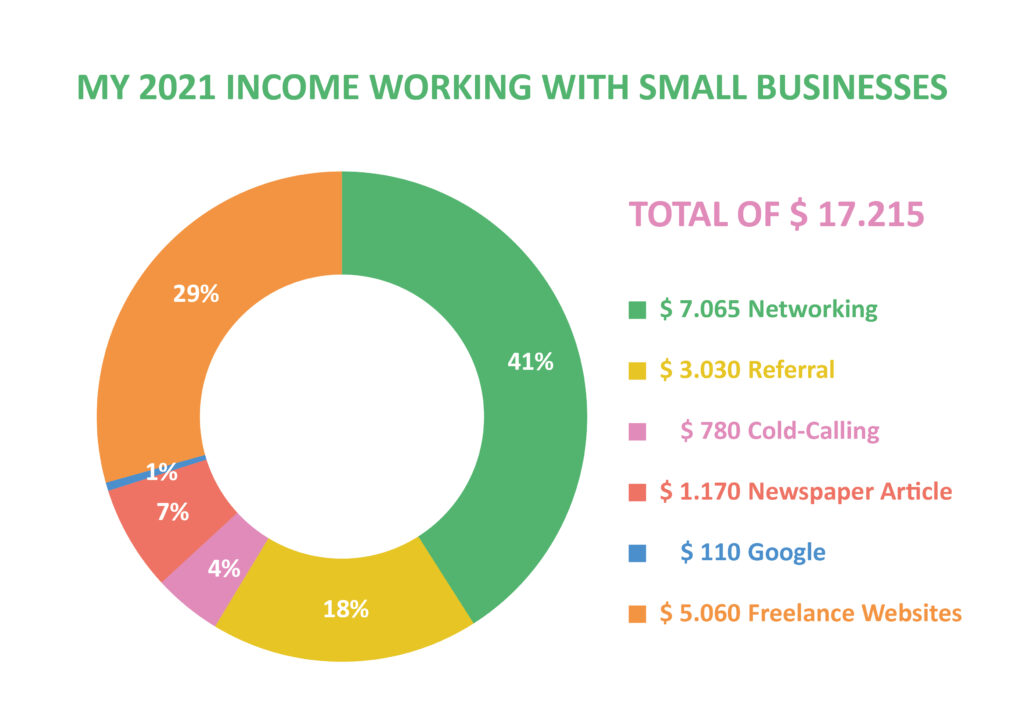
Let’s take a look at my marketing strategies and how they work:
Networking
When I talk about networking, I mean joining business events to meet other business owners. Those can be dedicated business events, taking part in a course, or joining a business association. This very much depends on the area you live in and what’s available in your country.
You may have heard of network marketing before, which refers to a group of business owners who help each other gain more income through word-of-mouth recommendations. It’s one of the easiest ways to get new clients, because you see the team on a regular basis.
This is by far my most effective way of generating income and getting clients to work with me. In 2021, I made more than $7,000 from networking, which was 41% of my small business income. This doesn’t take referrals into account yet, which were made outside of my network marketing team itself.
Freelance Websites
Freelance websites like Upwork and Fiverr may seem like a good idea if you are just starting out. But you’re expected to work for low fees and even have to pay the site itself with a percentage of your income, so I quit using sites like these in 2021.
I have only made one lasting business relationship from being on a freelance website, but I still work with them on a monthly basis. We have since migrated off-site, but you have to pay for doing so. If you live outside the US, it’s even trickier, because their bookkeeping might not be up to your country’s standard, which could lead to problems further down the line and that is why I stopped using this method.
Referrals
Referrals, or word-of-mouth marketing, is very similar to network marketing. An in 2021, 18% of my small business income was generated through referrals (if you count my income between referrals and network marketing, it’s 59%).
If a possible client contacts you via referral, it’s more likely lead to a work relationship.
People only act on a referral if they trust the person who’s telling them about the new business party. On the other hand, if you ever hand out a referral yourself, make sure it’s sound before doing so. Because if the third party doesn’t do a good job, it will likely reflect badly on you.
Newspaper Articles
One project was a year in the making, due to an article I had published in a nationwide Austrian newspaper just before Christmas in 2019. A whole year later, in December 2020, I was contacted by a business owner who read my story a year prior and remembered me, because I lived in a nearby town. She asked me if I also designed patterns for fabric. We ended up working together on a whole plushie collection of 7 designs.
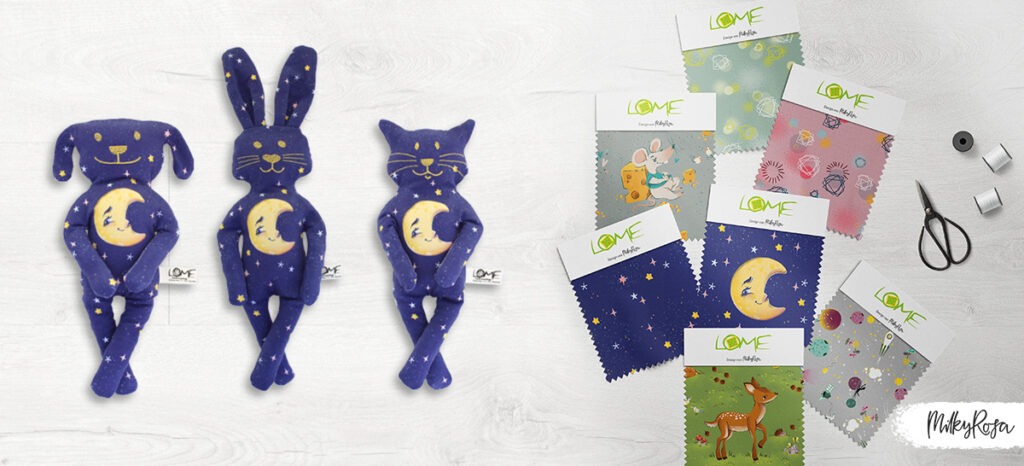
Cold-Calling & Emailing
Just like cold calling or emailing an art director, doing the same thing for small businesses can be an effective strategy. In 2021, I got one project out of cold-calling a possible client. I got the lead through an advertisement agency that told me this person might be looking for an illustrator. It happened to be character design work for a children’s book. I called the client, introduced myself and asked if she was still looking for an illustrator.
I sent her an email with my details and homepage afterwards so she could look at my design style. The only thing left from there was sending over a contract for the client to sign. This project is still ongoing and may even lead to future work. Don’t be scared to pick up the phone and make a call. You never know what could happen.
For some people, having their company name pop up in Google search results can lead to business deals. But my income breakdown shows that just passively waiting for clients to contact me doesn’t work well — I only had one client contact me for a mini-project after finding me on Google.
You have to figure out for yourself which method works best for you and what takes up the least amount of your time. I prefer the proactive way over passively waiting, because I can target certain companies and decide on the projects I want to work on.
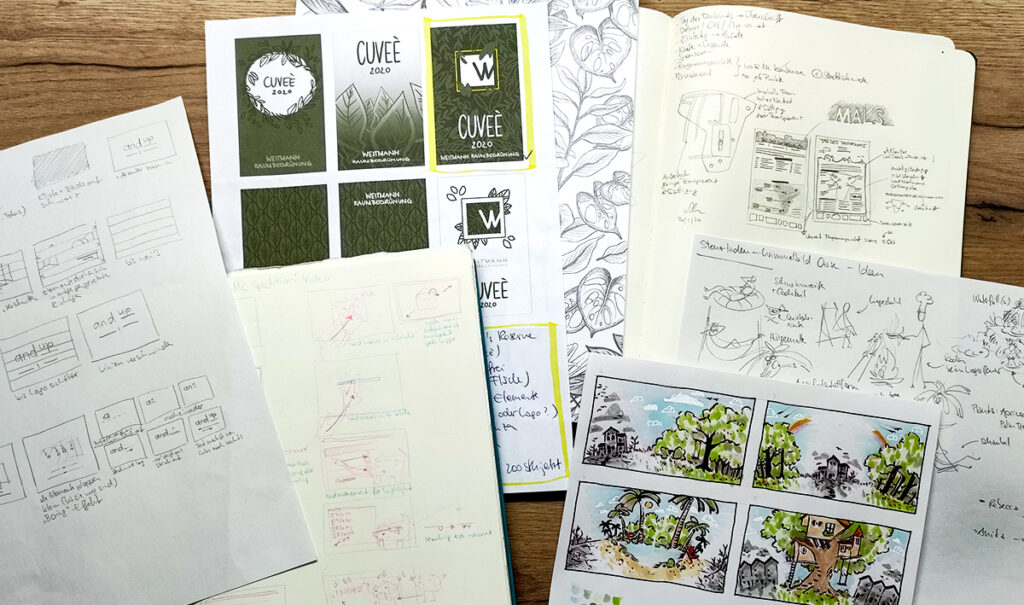
Looking for possible clients
You could collaborate with any business out there. The tricky part is figuring out how to work with them. It’s always a good idea to know what you are pitching to them, before first making contact. Every industry has its specific needs, but the business itself might not have thought of incorporating a creative approach into the mix.
You need to be the one handing out ideas and letting the owner know what you can do for them. It’s also important to think about the value they are gaining from working with you.
Here are a few ideas:
- You are giving them independence due to having their own collection. Deciding what and how long a design is available can be quite powerful. This way they can offer seasonal or limited editions. They can also make sure that their customer favorite will never be out of stock due to manufacturers ceasing production.
- They can have creative freedom over the design to match their brand character. Taking their corporate design into account for a cohesive look will benefit them and their business’s appearance.
- They’ll get another stream of income, if you help them design a collection of products. You could pitch a collection of swaddles, bibs, and onesies to a baby photographer. It’s still related to the business itself and the business owner benefits from offering added value to their own clients.
Keep your eyes open and stay creative when looking for small businesses to work with. Those could be advertisement agencies, gardeners, insurance companies, or even communities and towns. Now it’s up to you to figure out what kind of projects you want to work on and how you’re going to pitch it to possible clients.
Still unsure if working with small businesses is suited for you? Take the quiz!
Fill out the form below to download the quiz and see if you’re ready — you’ll get Nina’s PDF and will be added onto Sketch Design Repeat’s awesome newsletter!
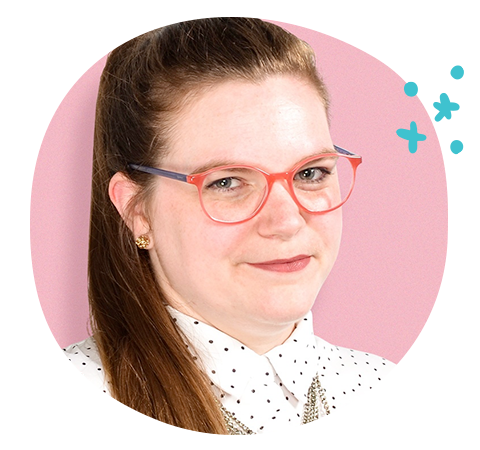
Written by Nina Schindlinger
Website: www.milkyrosa.com
Instagram: @milkyrosadesignagency
Nina, founder and creative director of MilkyRosa Design Agency, specializes in crafting branding and product designs for companies young-at-heart. Her unique style, known for its bold, playful, and charming elements, not only creates stand-out client projects but also breathes life into her own product line, adding a sense of fun and colour into the world.
Dear Nina, thank you for sharing your experience in a very clear and concrete way!
Nina,
This article is by far the best I have ever come across. So truthful, trustworthy & honest.